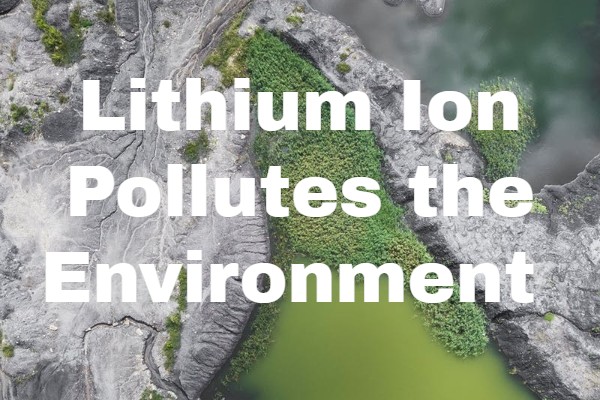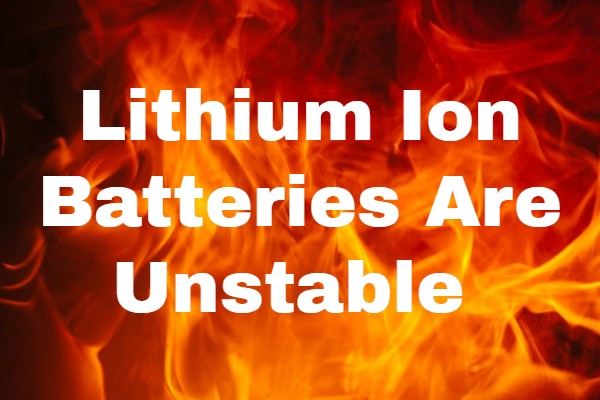The Lithium Ion Battery Crisis
Electric Cars Are NOT The Solution
Global annual sales of electric cars surpassed 1 million in 2017. On the outside, this seems like a very positive development. That’s 1 million cars that aren’t burning fossil fuels and polluting our environment. But are electric cars really environmentally friendly? No. The reason is they use massive lithium ion batteries.
How Lithium Ion is Mined

Lithium is a metal that is usually found underneath salt flats. The biggest mines are in Tibet, Argentina, Bolivia, and Chile. With the demand for lithium-ion expected to increase eight times its current amount by the year 2027, there are now hundreds more lithium mining projects in the works.
To extract lithium, miners drill a hole in the salt flats and pump water inside. A brine solution bubbles up which is put into evaporating pools along with large amounts of hydrochloric acid. About 18 months later, the brine solution is fully evaporated and the miners can harvest the minerals.
Problems With Lithium Mining

The first problem is that it takes about 500,000 gallons of water to create one ton of lithium!
In one community in Chile, mining for lithium accounted for 65% of the water they used. The demand for water is causing a big problem for farmers. Quinoa is grown and harvested in Chile and so are llamas. There is already not enough water to go around.
In Tibet, the water leaked from the evaporation pools and got into the streams and local rivers. The result was the death of tens of thousands of fish! This was devastating for an area that already has a scarcity of food. Not only did the current population of fish get destroyed, it destroyed future populations, and poisoned the water so that it was no longer usable.
The third problem is the large amounts of hydrochloric acid that is used. Even if there isn’t a leak in the evaporation pools, hydrochloric acid is still finding its way into streams and rivers and lakes, causing environmental problems as much as a hundred and fifty miles around the mines. It is also poisoning the soil and causing more problems for local farmers.
Cobalt is Another Huge Problem

In the future, lithium could be mined from seawater. This might solve some of the problems associated with the salt flats. But there is another ingredient in batteries that is also a big problem for the environment–cobalt.
Cobalt only comes from just outside the Congo and they have already quadrupled the price for it! Also, in the Congo, people digging mines everywhere and causing huge damage to the environment. They are also using child labor to work the mines. Can you imagine school-age children being forced to mine a toxic and potentially deadly metal?!
More Problems with Lithium Ion Batteries

You’ve probably gone through a few cellphones in your lifetime. What happens to the battery? Most of the time, there is an attempt to recycle it. But this process is prone to problems.
For one, lithium-ion batteries, especially old ones, store a ton of energy and are unstable. They are potentially explosive and can cause fires at the recycling facilities. They could even start a chain reaction of exploding batteries. Furthermore, these old and unstable batteries leak toxic chemicals and damage the environment. The cobalt and lithium get into the soil, the ground water, and into local water supplies.
We Need A Better Battery
The bottom line is there needs to be new battery technology developed quickly. The current system is environmentally unfriendly, exploits children, and the cost of the lithium ion and cobalt just keeps going up and up. It’s not sustainable.
For now, you should NOT purchase an electric car or a new phone. You should instead put pressure on companies like Apple and Verizon and Tesla to address the problems that their products are creating and force them to create a better battery that we all can feel good about.





